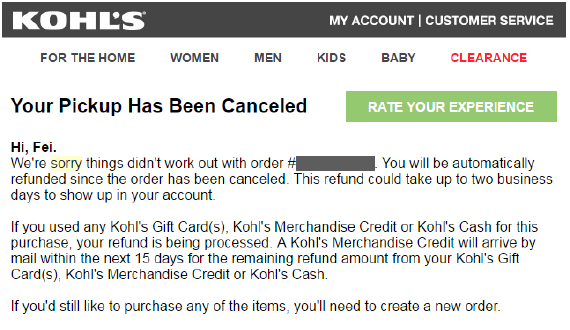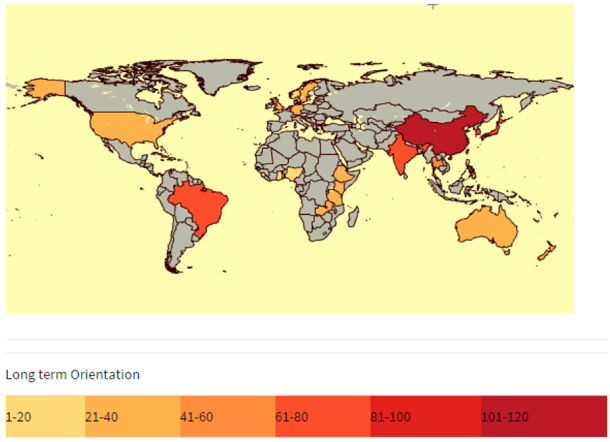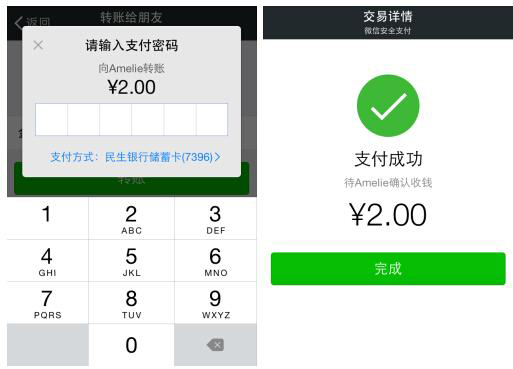
Not very long ago, a disturbing scene captured from a United Airlines flight went all over the Internet. The video shows security officers removing a 69-year-old passenger, Dr. David Dao, from his seat and dragging him out of the plane while he was bleeding. In the incident, Dr. Dao and other passengers were offered $800 to give up their seats on the overbooked flight, but obviously, the remedial action was not enough. After the shocking incident United Airlines decided to offer up to $10,000 to travelers to give up their seats. This incident raised several questions in my mind: how do people from different cultural backgrounds react differently to service failures such as overbooking, and how do global companies design services differently to accommodate different cultures?
What is a Service Failure?
The term “service failure” might not be very familiar to user experience designers, but it is a lot closer than you thought to the field. We have all experienced service failures— and will continue to experience them—because we do not live in utopia. As a UX designer, you might have designed email communications or error messages that address unexpected issues so this topic should not be completely strange.
A service failure happens when the promised service falls below a customer’s expectations. Imagine that you bought an item from your favorite online retailer. After you submitted your payment, the retailer sent you a confirmation email with a simple statement, “Thank you for your purchase. Your item will arrive within 2 business days.” Within the statement there was a promise, so if you received the item late or received a wrong item, you experienced a service failure.

Obviously service failures cause negative feelings for customers and loss of brand loyalty. So when service failure happens, service providers use different remedial actions such as compensation, coupons, and/or sincere apologies to recover from the failure. However, if we think about the issue from the other side, service failures can be viewed as opportunities as well. Interestingly, previous research has uncovered what is known as a “service recovery paradox,” that very positive recovery from service failure can cause a higher level of customer satisfaction and brand loyalty than a situation in which no service failure happened. Gail Scott, one of the most sought after speakers on customer satisfaction and leadership development, described service failures as “the art of making things right when things go wrong”.
A Survey on Service Failure
To find out how customers from different cultures react to service failures and remedial actions, in 2014 I invited 248 participants to complete a quick survey. Among the participants, 103 were from the United States, 16 from China, 19 from Germany, 12 from Ireland, 6 from South Korea, 19 from Italy, 5 from India, and so on. The survey asked participants to imagine that there was an online store from which they would like to buy the new Xbox One. They placed the order and received an email confirmation stating they should receive it within the next two business days. Unfortunately, after two days, they received another email saying the Xbox One was out-of-stock and would not be in-stock soon. The online retailer refunded the payment and gave the customers an additional $20 coupon for the next purchase along with a sincere apology.
After participants fully understood the scenario, they were asked to indicate whether they agreed with the statements below. I used the terms “strongly disagree,” “disagree,” “neutral,” “agree,” and “strongly agree” to measure the extent to which a participant agreed with those statements.
- “I am satisfied with the apology and the remedial action” (to test customer satisfaction)
- “I will recommend this store to my family and friends” (to test word-of-mouth)
- “I will consider buying from this online store again in the future” (to test brand loyalty)
Long-term Oriented vs. Short-term Oriented
To understand how customers value services and react to service failure, a related question might be ‘How do customers value relationships?’ Social psychologist Geert Hofstede brought the concept of long-term orientation into his cultural dimension theory. Long-term orientation is defined as the extent to which a society shows a pragmatic future-oriented perspective rather than a conventional, historical short-term point of view.

Personal Relationships Mean More
Nowadays, many e-commerce companies manage customer relationships through email because it is cheaper and faster than most other communication channels. Email communications are handled in two ways: generic email and personal email. Generic emails are sent in the company’s name which implies that if you reply, you are writing to one of the company’s employees (or it does not allow you to reply). In many cases, the employee you’re contacting is assigned randomly (think about calling customer service at your cable provider). Other times, companies may assign you a dedicated account manager who is always responsible for the management of sales or issues related to you (think about contacting your local insurance agent). Regardless of costs and other constraints, which way of handling emails is better for companies to secure a customer in long-term oriented countries?
The answer is more complex than I first thought. My service failure survey found out that customers from long-term oriented cultures trust more in people than companies. Generally, building a personal relationship has a positive effect on customer satisfaction; customers are more likely to recommend the company and make future purchases. However, if a service failure happens, people from long-term oriented cultures are more likely to take it as a personal betrayal. They feel more disappointed than people from short-term oriented cultures. But I still recommend building personal relationships in long-term oriented cultures because once remedial actions are done well, those frustrated customers will be recovered and become more loyal to your business because they value your effort to maintain the relationship.
Word-of-mouth is Harder But More Important
As I mentioned above, people from long-term oriented cultures have more trust in personal relationships. Word-of-mouth is an essential tool for companies to gain trust from long-term oriented customers. According to a research, over 60% of Chinese customers say friends and family members are a major factor when they make purchase decisions, while only 30%-40% of respondents in the US and UK consider family and friends’ recommendations.
Following the relationship theory in long-term oriented countries, a unique business model called Weishang(微商) is very popular in China. Compared to the traditional e-commerce model, Weishang is based on a social media account rather than the online store’s URL. A majority of Weishang businesses are C2C (customer to consumer). While traditional businesses value products or product quality as the core to gain customers, Weishang values personal relationships as the core. According to statistics, about 58% of Weishang customers have some kind of connection with the business, such as a friend’s friend. Weishang businesses value depth of relationship over breadth. They not only build trust in product quality, more importantly, they want customers to trust the salespeople and make repeat purchases. The success of Weishang in China is just a reflection of values in relationships in long-term-oriented cultures. Yingjing, an experienced Weishang business person selling products for One Leaf (a cosmetics brand), told me that, “A Weishang business can only sell products for one brand or several brands within the same product category because they need to know the products well. The key to being successful is to gain customers’ trust. We post advertisements on our own social media, but we do not just post marketing materials. We also post photos to show how we enjoy our lives because customers want to see our personalities. Generally speaking, we post on social media during lunch time, dinner time, and before sleep because most people read social media posts during those times.”

Let’s relate this back to our service failure topic. Although I mentioned that a good remedial action after a service failure will strengthen long-term oriented customers’ loyalty, even a perfect remedial action is likely to hurt the word-of-mouth effect. My survey results show that if a service failure is recovered from well, customers from long-term oriented culture will be more likely to purchase again from the business compared to customers from short-term oriented cultures. However, long-term oriented customers are less likely to recommend the business to their families and friends. Long-term oriented customers value the effort of the business to maintain relationships, but at the same time, they worry that the same service failure could potentially happen to their families and friends, which could hurt their relationships with those people.
Design with Understanding of Value
As a result of business globalization, companies are trying to serve their customers better by understanding customers’ culture and needs. On one side, companies choose their level of engagement with customers; some companies adopt chatbots to help users with no human involvement, while other companies assign account managers to build personal relationships. On the other side, users are different. Users’ cultural models determine how they perceive and handle relationships. By understanding the culture, a business is able to utilize the culture to their competitive advantage. For example, an e-commerce company may realize that the “share on social media” button is even more valuable in Hong Kong than the US because word-of-mouth is scarce and critical when customers make purchase decisions. Understanding the value system of the customers not only answers what the customers think but also answers why the customers think in this way.
Did your survey validate this research? Were you surprised by this?
The survey is actually what the research is based on. From the survey, I understand that “there is a difference when valuing relationships in long-term and short-term oriented countries”, so I wanted to test whether there is a difference in perceiving service failures and recoveries.
